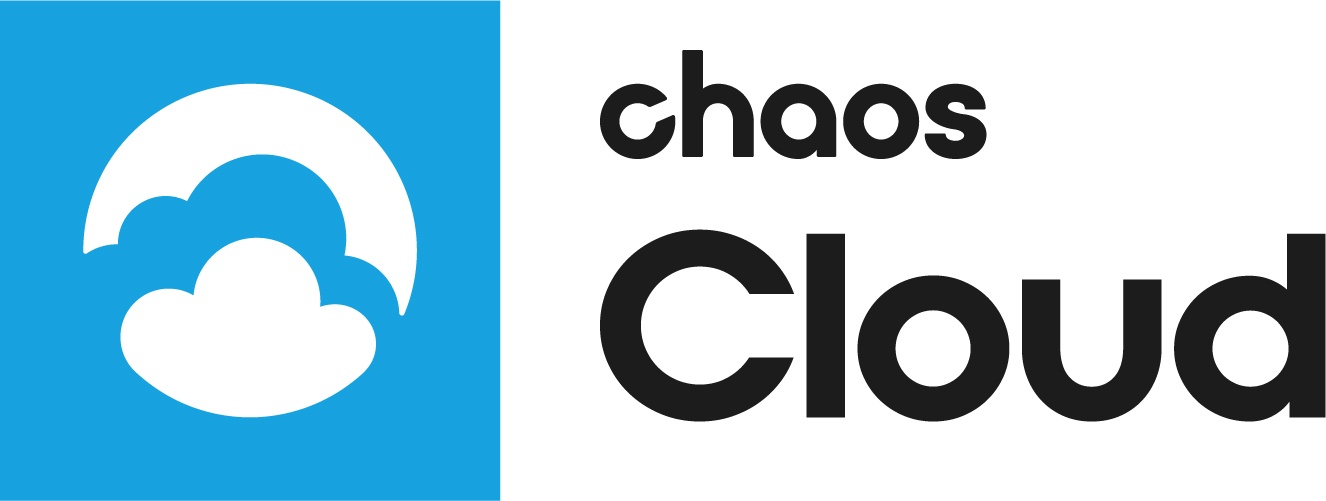Page History
This page provides information about the supported features by Chaos Cloud rendering.
| HideElements | ||
|---|---|---|
|
Overview
...
At the moment, Chaos Cloud rendering supports and renders scenes using both the V-Ray CPU and the V-Ray GPU engines. Chaos Cloud rendering supports V-Ray GPU rendering running on CUDA and RTX enabled devices.
| UI Text Box | size | medium|
|---|---|---|
| ||
Please note that that there are several important limitations using using the V-Ray GPU engine:
|
...
| UI Text Box | ||
|---|---|---|
|
V-Ray |
...
GPU jobs are rendered with GPU devices, but submitted scenes should not exceed 16 GB of GPU memory. Else, the jobs fail. In such cases you can use the CUDA CPU Override option and re-render the job using only CPU. |
Render region option in V-Ray for Maya is supported in the cloud. You can set the region in your host platform, and then export the scene to Chaos Cloud rendering.
Currently, the Render region option from V-Ray for 3ds Max is not supported in Chaos Cloud rendering.
| UI Text Box | ||
|---|---|---|
| ||
Rendering Rendering in Chaos Cloud is handled by V-Ray Standalone. Keep that in mind in case you are using any third-party plugins unsupported by V-Ray Standalone. |
Scenes containing Phoenix FD simulations are rendered in the Cloud. However, running simulations in Chaos Cloud rendering is not supported yet.
VRscan Chaos Scans materials are supported in Chaos Cloud rendering.
Chaos Cosmos assets are supported in Chaos Cloud rendering.
For detailed information on the supported features by V-Ray in Chaos Cloud rendering, please visit the corresponding page:
| Fancy Bullets | ||
|---|---|---|
| ||
Overrides
...
Some custom V-Ray settings are overridden in the Chaos Cloud rendering environment to ensure best optimization of the resources. Below is a full list of those settings.
Bucket Image Sampler
...
When using the Bucket render mode, the Bucket size is automatically set depending on the hardware type used for rendering. This ensures the best cloud rendering performance based on the machines' specifications and the performance tests we continuously run. If the Bucket size in the scene is different, it will be overridden.
GPU Acceleration for Denoiser and Lens Effects
...
GPU Acceleration is always used for the Denoiser and Lens Effects in case the hardware allows it.
In case the job runs on a hardware without GPU and this option is enabled, Chaos Cloud rendering will disable it and continue applying the effects without GPU Acceleration.
AI Denoiser to V-Ray Denoiser
...
NVidia AI Denoiser is always overridden by the default V-Ray Denoiser in Chaos Cloud rendering.
V-Ray Dynamic Memory Limit
...
To ensure that the CPU isn't underutilized in the Cloud, the following system settings are done:
| Fancy Bullets | ||
|---|---|---|
| ||
|
